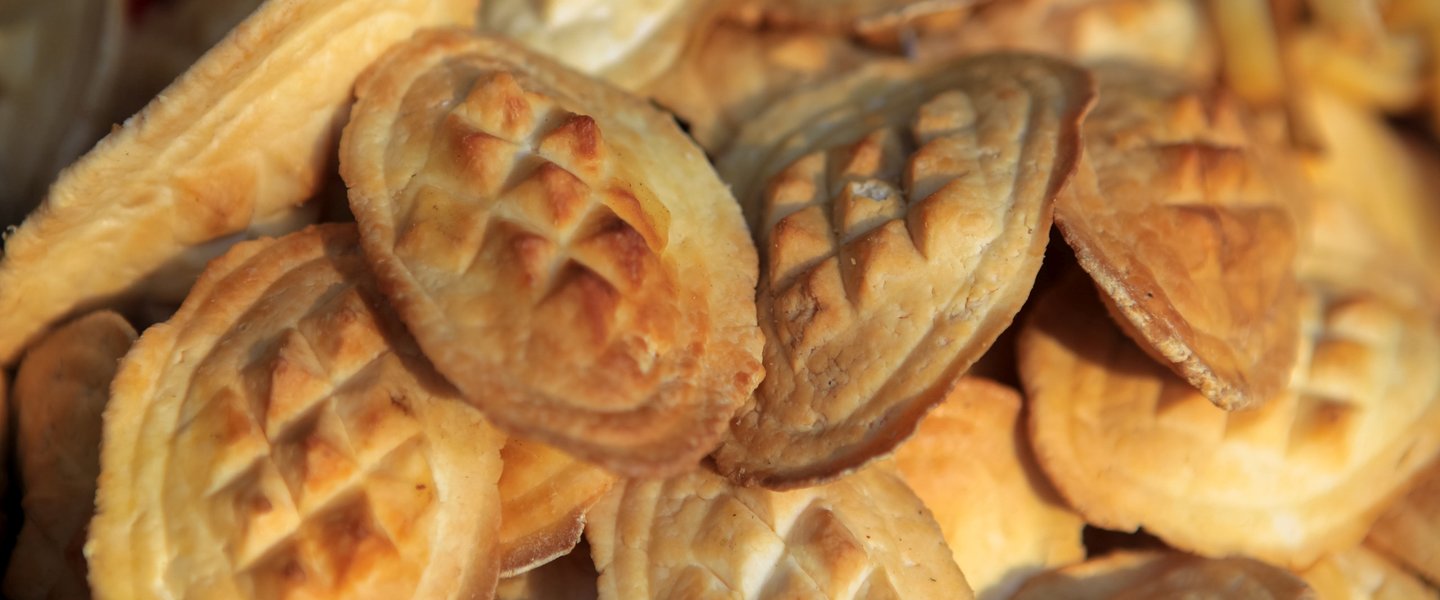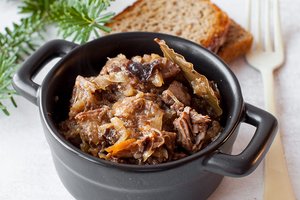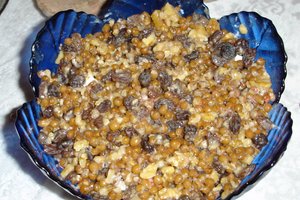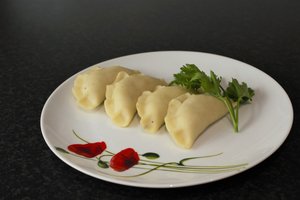Eat tasty and healthy Polish cuisine
Bryndza podhalańska, andruty kaliskie and vintage meads are high-quality food from a trusted place of origin. Here are some useful tips on how to recognize Polish protected products.
Regional and traditional products covered by the EU protection system differ from mass-produced goods. They owe their characteristic features to a unique place of origin or traditional methods of production. What is more, the system allows you to trace back their history. Experience and traditions passed down through generations ensure the quality of products, which is further guaranteed by strict regulations on production and control. The forgery of foodstuffs protected under the system is punishable by law.

In February 2013, a three-year information campaign “Three Signs of Taste” was initiated, funded by Poland and the European Union. The goals of the campaign are to inform the public about the EU system for protecting regional and traditional products, and to promote Polish foodstuffs that have been awarded quality labels under this scheme. The campaign was initiated by the Agricultural Market Agency with support from the Ministry of Agriculture and Rural Development.
Protected Designation of Origin (PDO)
An EU sign awarded to local products of exceptional quality. The names of products refer to their place of production and highlight their connection to that particular location.
All resources needed for these products stem from a specific geographical area. All production stages also take place in that area.
So far, nine products have received the PDO sign in Poland:
- Bryndza podhalańska – soft, rennin cheese made from the Polish Mountain Sheep’s milk
- Fasola Piękny Jaś z Doliny Dunajca (beans from the Dunajec Valley)
- Fasola wrzawska (beans)
- Karp zatorski (carp)
- Miód z Sejneńszczyzny/Łoździejszczyzny/Seinų/Lazdijų krašto medus (mead from the Sejny/Łoździeje region)
- Oscypek (cheese)
- Podkarpacki miód spadziowy (honeydew honey from the Podkarpacie region)
- Redykołka – cheese made from unpasteurized milk of the Polish Mountain sheep, in the shape of animals, birds, spindles; speciality of the Podhale region
- Wiśnia nadwiślanka (cherries)
Protected Geographical Indication (PGI)
The names of products refer to their place of production and highlight their connection to that particular location. The PGI sign means that at least one production stage has taken place in the area referred to by the product’s name.
The PGI sign in Poland have been awarded to 18 products so far:
- Andruty kaliskie – crunchy, sweetish, thin wafers from the province of Poznań, made mainly in the city of Kalisz and in the Kalisz district
- Chleb prądnicki (bread baked in the villages on the Prądnik stream, within the city of Kraków)
- Fasola korczyńska (beans from Korczyn)
- Jabłka grójeckie (apples from Grójec)
- Jabłka łąckie (apples from Łącko)
- Jagnięcina podhalańska (lamb from the Podhale region)
- Kiełbasa lisiecka (sausage from the Liszki commune)
- Kołocz śląski/kołacz śląski – a sweet cake with buttery aroma and crumble topping; popular in Upper Silesia and in the Opole area
- Miód drahimski (mead from the West Pomerania region)
- Miód kurpiowski (mead from the Kurpie region)
- Miód wrzosowy z Borów Dolnośląskich (heather honey from the Lower Silesian Wilderness)
- Obwarzanek krakowski (bagel from Kraków)
- Rogal świętomarciński (St. Martin's crescent roll from Poznań)
- Ser koryciński swojski (cheese from the Korycin commune)
- Suska sechlońska (dried and smoked prunes from Lesser Poland)
- Śliwka szydłowska (prunes from the Szydłów commune)
- Truskawka kaszubska/kaszëbskô malëna (strawberry from the Kashubia region)
- Wielkopolski ser smażony (fried cheese from the Wielkopolska region)
Traditional Speciality Guaranteed TSG
A quality sign awarded to products with traditional names that describe their special features or are customarily used for such products. Products labelled with the TSG sign should be produced from traditional resources, according to recipes passed down through generations, or using traditional methods.
In Poland, nine products have received the TSG sign to date:
- Półtorak (mead)
- Dwójniak (mead)
- Trójniak (mead)
- Czwórniak (mead)
- Kabanosy (sausage)
- Jałowcowa (sausage)
- Myśliwska (sausage)
- Olej rydzowy (Camelina oil)
- Pierekaczewnik – a Tatar pie, and a speciality from the Podlasie region; stuffed with mutton, beef, goose meat, turkey meat or with cottage cheese, raisins, apples and dried plums
MONIKA KUCIA
Monika Kucia – a culinary journalist and the author of “Cuisine PL”, a brochure published during the Polish Presidency of the EU Council to promote Poland’s gastronomy. Co-author with Kurt Scheller of “Kuchnia polska, jakiej nie znacie” (“Polish Cuisine Rediscovered”).
05.09.2014







